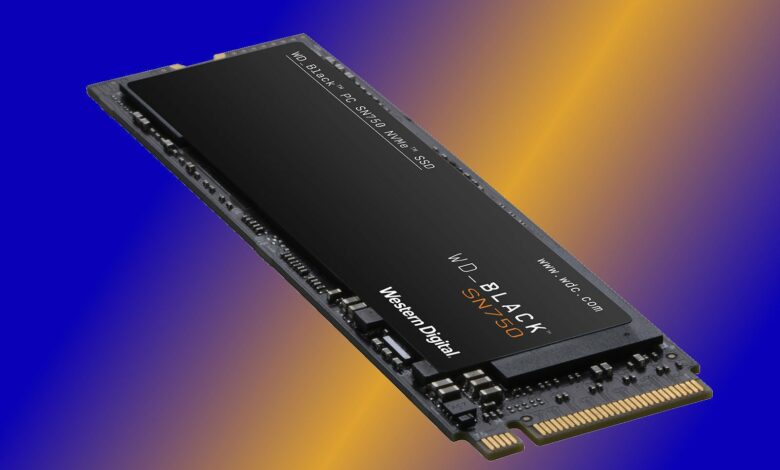
NVM, Express® (NVMeTM) is a scalable, efficient host controller interface for Enterprise and Client systems that use PCI Express®-based solid-state storage. NVMe was produced from the ground up for non-volatile memory (NVM) technologies to move beyond the dark ages of complicated disc drive technology. NVMe is meant to allow fast access to non-volatile memory storage devices, ranging from today’s NAND flash through future, higher-performance permanent memory technologies.
NVMe handles several performance metrics, including bandwidth, IOPs, and latency. Serial ATA, for example, had a maximum IOPs limit of 200,000, but NVMe devices have already been shown to exceed 1,000,000 IOPs. N-V-M, Express may handle substantially higher bandwidths than SATA or SAS by supporting PCI Express and Fabrics such as RDMA and Fibre Channel (for example, a PCI Express Gen3 x4 delivers 4 GB/s). Finally, because next-generation memory technologies may have read access latency of less than a microsecond, a simplified protocol with an end-to-end latency of fewer than 10 microseconds, including the software stack, is required.
N VMe is an entirely new architecture for storage, from the software stack to the hardware devices and systems.
HISTORY:
In 2014, the initial N V M Express Work Group became N V M Express, Inc., developing the NVM Express specification. There are currently around 100 companies that are members of the association. On March 1, 2011, the NVM Express specification, version 1.0, was announced, created collaboratively by member firms from throughout the industry. The specification was released in two versions: version 1.1 on October 11, 2012, and version 1.2 on November 3, 2014.
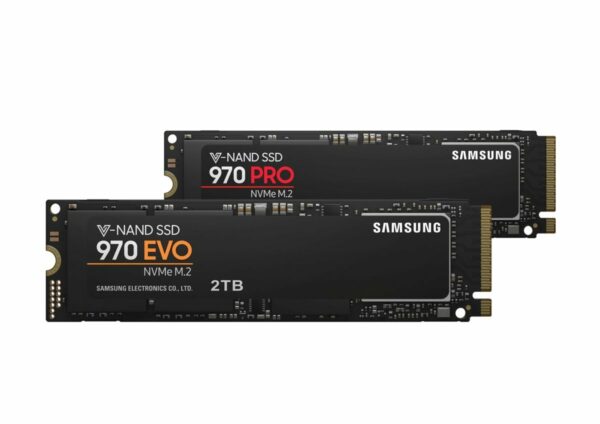
The NVM Express Management Interface specification (NVMe-MI) was published in November 2015, allowing for out-of-band management of N VMe components and systems. NVMe-MI provides a standard approach for integrating optional features and a common baseline management feature set across all NV Me devices and systems. Inquiring and setting the configuration, getting the subsystem’s health, firmware management, namespace management, security management, and so on are all commands.
The NVM Express organization was working on NV Me specification version 1.3, which is expected to be achieved by the end of 2016. Version 1.3 addresses mobile devices, which have minimal power consumption and other technological needs. Once version 1.3 is released, NVMe will be the only storage interface available for all platforms, from mobile devices to data center storage systems.
NVMe Protocol Advantages
- NVMe is a storage protocol built from the ground up to interact with a non-volatile memory (NVM), such as today’s NAND flash technology and future NVM technologies. As a result, it is not limited to the same way storage protocols built for hard disc drives are.
- Multiple deep queues are supported by the NVMe protocol, which is an improvement over previous SAS and SATA technologies. SAS devices handle up to 256 commands in a single column, while SATA devices support 32 instructions. These were sufficient for complex disc drive technologies, but they are insufficient for current and future NVM technology.
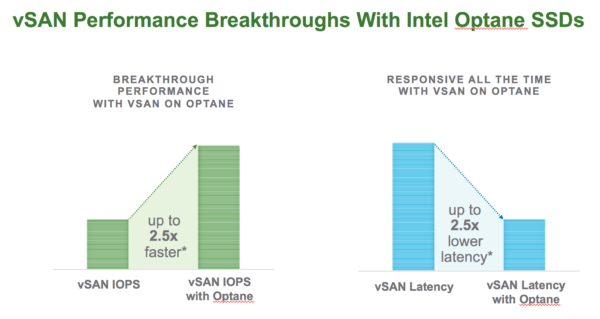
- NV Me, on the other hand, allows for 64K commands per queue and up to 64K queues. These queues are built so that I/O instructions and answers to those commands run on the same processor core, allowing multi-core computers to use parallel processing capabilities. No I/O locking is necessary because each program or thread can have its independent queue. MSI-X and interrupt steering are also supported by NVMe, which minimizes bottlenecking at the CPU level and allows massive scalability as systems grow.
- NV-Me offers a streamlined and straightforward command set that processes I/O requests with less than half the number of CPU instructions as SAS or SATA, resulting in faster IOPS per CPU instruction cycle and shorter I/O latency in the host software stack. NV-Me also supports enterprise features like reservations and client features like power management, extending the benefits of increased efficiency beyond I/O.
Power Consumption and Form Factors
NV-Me is a storage-oriented protocol that can be utilized in several form factors. These are some of them:
- Form factor M.2
- Form factor U.2 2.5-inch drive (formerly known as SFF-8639)
- PCIe expansion card (AIC) The NV-Me power spectrum includes everything from high-powered business machines to low-powered mobile devices. NV-Me makes use of processor power states as well.
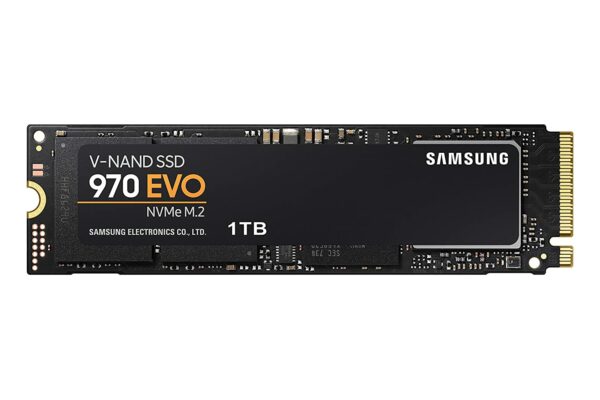
Storage Safety
NV-Me solves today’s data privacy problems by enabling a tunneling protocol that incorporates security elements developed by the Trusted Computing Group (TCG) and other similar groups. Simple access control, data at rest protection, crypto-wipe, purge-level erase, and other features are planned for NV-Me devices and systems.
Conclusion
NV-Me is fast gaining traction among customers and providers. According to several industry observers, NV-Me will overtake SATA as the most used storage interface in the following years. NV-Me is a game-changer because of its high performance, low latency properties, and availability on practically all platforms.
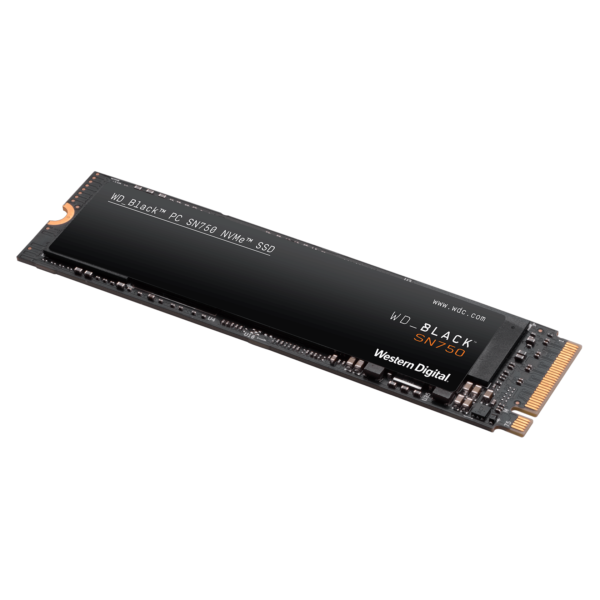
For the first time, storage devices and storage subsystems interact with host computers fundamentally different from any previous storage protocol. The simplified instructions, low-latency software stack, the parallelism of queues and enormous queue depths, and the non-volatile memory design result in previously unheard-of I/O and throughput rates, as well as the lowest storage latencies ever known.
edited and proofred by nikita sharma




